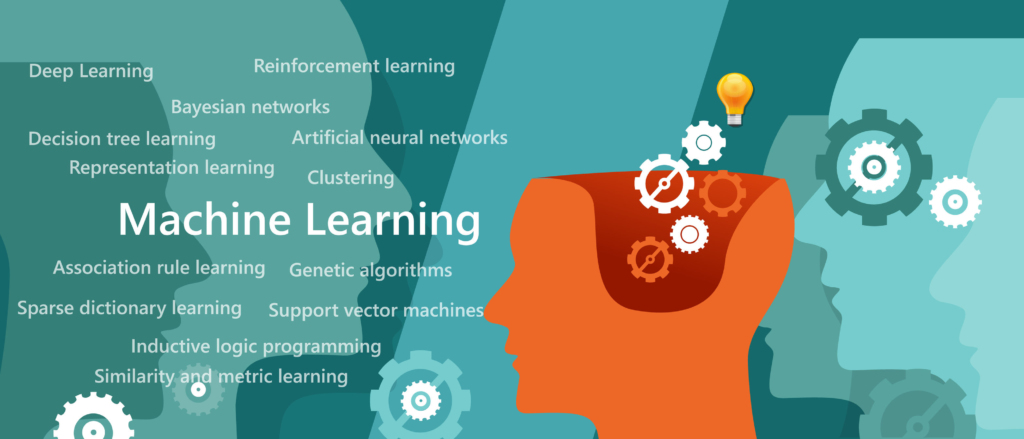Attractive and Emotion Change Our Decision
Attractive And Emotion Change Our Decision Fig.1 Image Parking Signs in Los Angeles VS Nikki Sylianteng’s (Siang) Introduction As Fig.1 showing, it is two examples of the parking signs. I believe that we could pick the better design one in 5 seconds from this two, this should be a super simple question. Because the […]
Attractive and Emotion Change Our Decision Read More »
